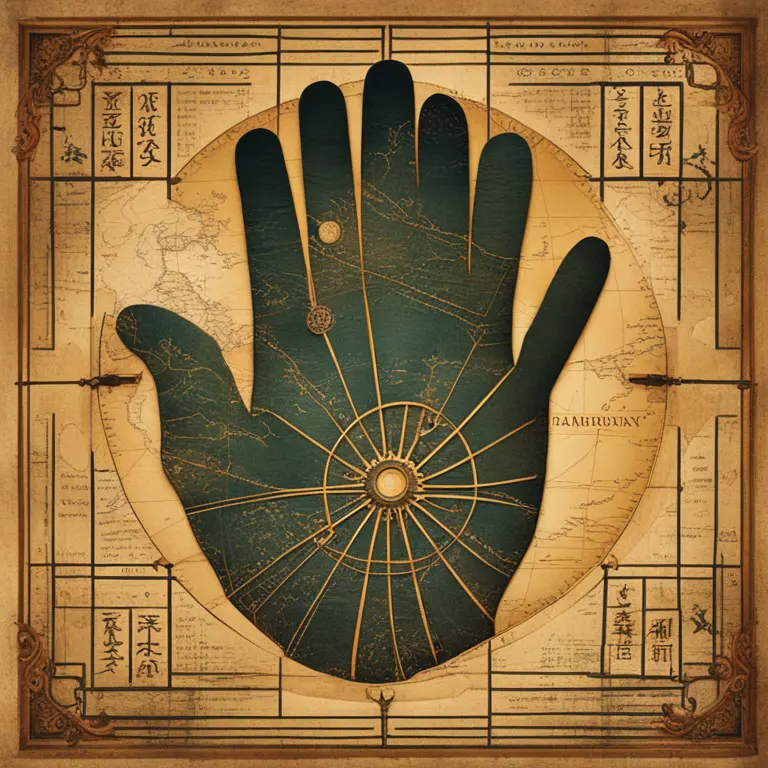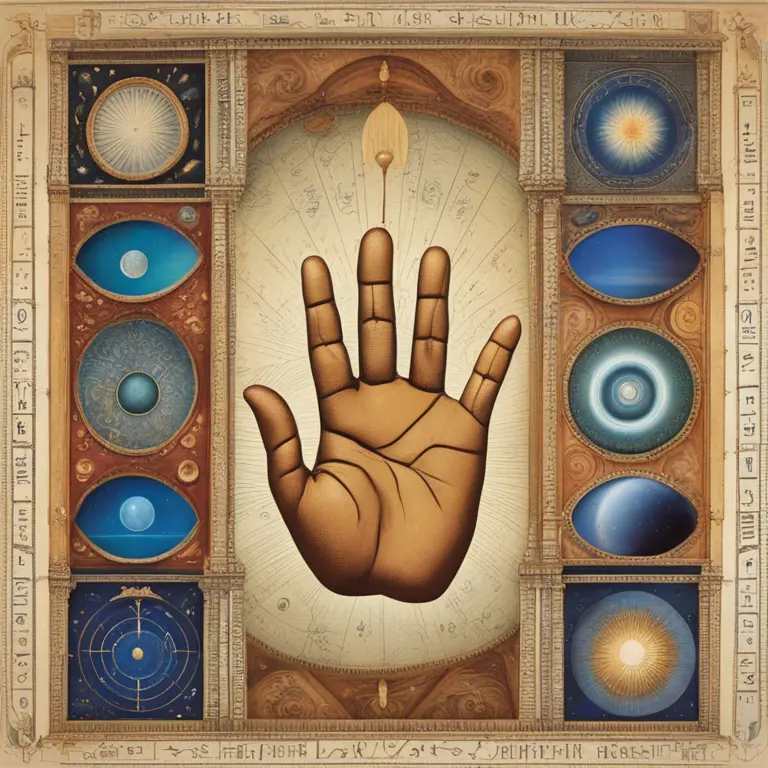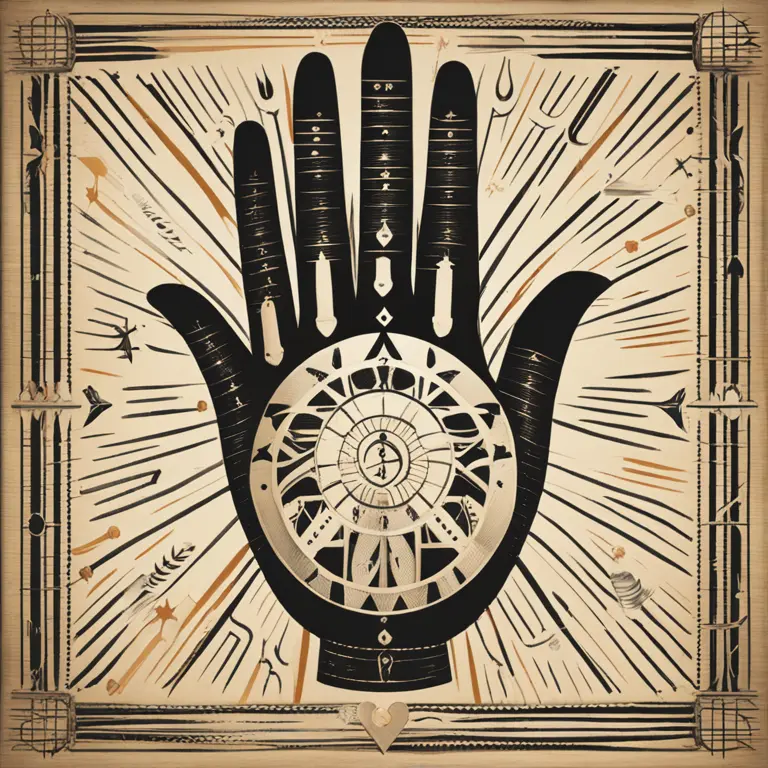
Mastering Palmistry: A Guide to Hand Analysis
Delve into the art of palmistry and understand what the lines on your hand can reveal about your personality, future, and fate.
article by Nora Pennington
Introduction to Palmistry
Palmistry, or chiromancy, has intrigued humans for centuries as a practice that attempts to outline an individual's characteristics and foretell the future through the study of the palm. The craft is based on the belief that our palms are a unique map of our life's journey, displaying lines and features worth decoding. This ancient art form figures prominently in various cultures and plays a role in modern-day psychology in understanding personalities. Let's embark on a journey into the heart of palmistry, where every line tells a story.

The Roots of Palm Reading
The practice of palm reading is believed to have originated in India and traveled to China, Tibet, Egypt, Persia, and other regions through the learned scholars and astrologers of ancient times. It was used to evaluate a person's character or foresee future happenings by reading marks, lines, and patterns on the hands. Over time, palmistry has been enriched with Greek astrology and has become an intricate art form practiced worldwide. Many historical figures, including Alexander the Great, were said to have valued the insights gained from palmistry.

Understanding Palm Lines
In palmistry, the palm is divided into many sections, but the most crucial ones pertain to the major lines, namely the heart line, head line, life line, and fate line. A skilled palmist will study these lines' qualities—such as length, depth, and curvature—to potentially divine aspects of health, emotional life, intellect, and life path. In 2024 and beyond, as individualism grows, palmistry's personalized insights could resonate more deeply with those seeking a reflective analysis that defies one-size-fits-all horoscopes.

The Mounts and Fingers
Beyond the lines, palmistry also considers the mounts (the fleshy parts of the palm) and fingers, each associated with different planets and attributed characteristics. The mounts of Venus, Jupiter, Saturn, Sun, Mercury, Mars, and the Moon all have stories to tell about our passions, ambitions, and instincts. Finger lengths, shapes, and flexibility also contribute to a palmistic interpretation. The thumb, especially, offers insight into willpower and logic, acting as a powerful symbol of self-control and reasoning in the study of hands.

The Impact of Hand Shapes
Hand shapes in palmistry are linked to the elements of earth, air, fire, and water, each pointing to specific traits. Earth hands, for instance, may signify practicality, while air hands might indicate intellectualism. Fire hands could suggest spontaneity, and water hands typically represent intuition and emotional depth. Future-oriented palm readings will likely evolve, taking into account changes in lifestyle and mindset, adapting to the needs of a 21st-century audience keen on self-exploration and personal transformation.
Modern Palmistry in Practice
As an art steeped in history, palmistry adapts well to contemporary times. Today, alongside traditional beliefs, palmists integrate newer psychological concepts and methodologies. Bio-cognitive feedback and patterns in hand features may provide new avenues of study within palmistry. As we advance into the latter part of this decade, the intersection of science and spirituality holds the promise of refining the practice of palmistry further, inviting more to learn and appreciate the potentials hidden in the palms of their hands.
Published: 1/29/2024
Modified: 1/29/2024
More predictions
Come back here soon to learn more about yourself and your future


The Essential Guide to Palmistry Line Names
Discover the key lines in palmistry and their significance in this comprehensive guide to the mysterious art of reading hands.


The Palmistry Heart Line: Insights Into Love and Relationships
Discover the meanings and interpretations of the heart line in palmistry, and learn how this line can reveal emotional insights and relationship tendencies.


The Secrets of Your Palmistry Life Line
Delve into the mysteries of the life line on your palm—understand its meaning and impact on your life's journey in palmistry.